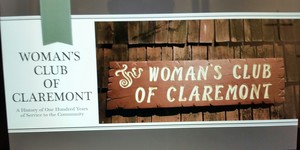This week has been kind of an odd one for me. I had planned to finish up the metadata for the Chaffey letters, but I encountered some issues with our metadata software, CONTENTdm. I was in the middle of uploading a series of documents about the Colorado River Aqueduct and the Hoover Dam to the Claremont Colleges Digital Library when the metadata software started operating very slowly. After doing some trouble shooting with Tanya and the software providers, we eventually got the metadata software up and running again.
In the meantime, I’ve been doing some miscellaneous tasks related to the Chaffey brothers and Frankish letters. I used an excel spreadsheet to track metadata for the documents for which I couldn’t use CONTENTdm. I also cleaned up some of our internal files, in particular a file which tracks the progress for each and every item that we work on. These internal files help CLIR CCEPS fellows keep track of the items in the collection that we all work on and sometimes it is nice to make sure that these files are up to date. This is especially the case because pretty soon we will have some new faces here at CLIR CCEPS. I was happy to see that for the most part these files were in pretty good condition, but it is always nice to double-check that things are complete and consistent.
The big lesson I learned this week was how important our technology, especially our software, is to this project. We use very specialized equipment and software every step of the way to get the original physical documents onto the Claremont Colleges Digital Library, so it’s important that everything is working. I’m glad our metadata software is back up and running!

